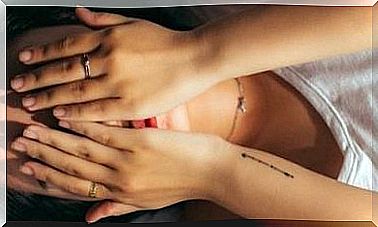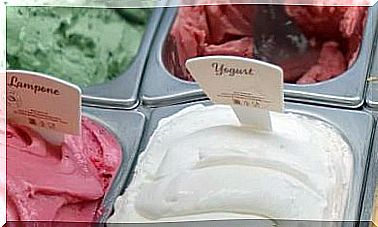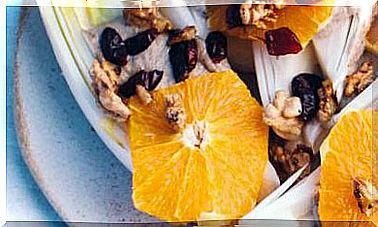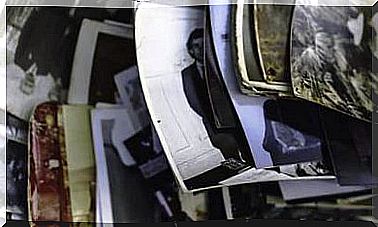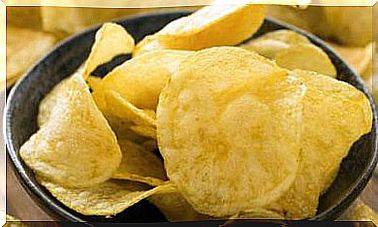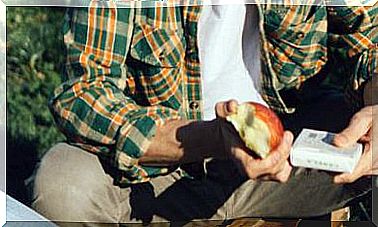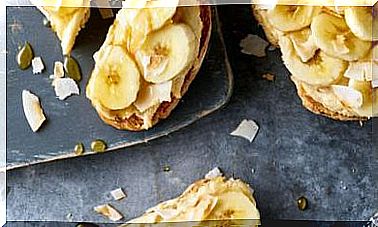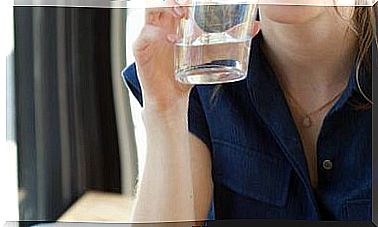Stevia: Sweetness Without Calories And With Medicinal Virtues
Few plants have generated as much controversy as stevia, which has become an emblem of the alternative to industrial sugar and chemical sweeteners.
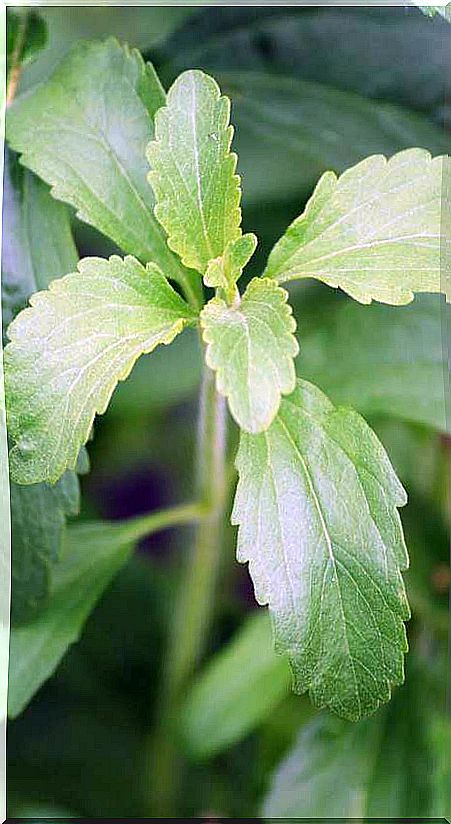
What is stevia and why can it substitute for sugar?
Stevia leaves (Stevia rebaudiana) sweeten up to 20 to 30 times more than sugar.
This quality is given by components such as stevioside – a diterpene glycoside that is between 200 and 300 times sweeter than sucrose -, other glycosides such as rebaudioside A, or steviol and isosteviol.
If the powdered plant is sweet, the extract, with 90% stevioside or rebaudioside, is so sweet that it must be dissolved in order to be tolerated.
If compared to synthetic sweeteners, its caloric power is also very low: just 0.2 calories per gram. But in powder its herbaceous aftertaste and a harsh point does not go well with drinks such as coffee.
Stevia sweetens without providing calories and can also be helpful for people with diabetes due to its hypoglycemic effect.
Medicinal uses of stevia
Apart from sweetening, stevia offers therapeutic benefits to a greater or lesser extent supported by scientific studies:
- It is considered slightly hypoglycemic. Stevia can be used in type II diabetes as an alternative to sugar, as it increases glucose tolerance and does not increase its level in the blood, although more clinical evidence is needed on this point.
- It has an antibacterial effect, effective to prevent and neutralize bacterial infection by Escherichia coli and Staphylococos aureus , among other infectious agents.
- Antihypertensive effects are attributed to it , but only in people with high blood pressure.
- It favors gastrointestinal function, can relieve abdominal pain and has a mild laxative effect that makes it a useful remedy against constipation.
- Due to its low or almost zero caloric load, it reduces the urge to eat.
- Its diuretic action fights fluid retention.
- Chewed fresh stevia leaves fight cavities and foci of infection in dental plaque.
- Its external use, in poultices, has been indicated in seborrheic dermatitis, allergic dermatitis, skin spots, eczema and acne.
Does stevia have contraindications?
In 2000, the European Food Safety Authority EFSA banned the marketing and consumption of stevia when certain health problems were detected. There was then talk of pictures of liver poisoning and side effects associated with its laxative action.
But mostly it was based on a 1999 report published by the EU Scientific Committee on Food. The report concluded that steviol might not be toxicologically acceptable based on certain cases of genetic toxicity in laboratory experiments with rats and hamsters.
Subsequent studies proved, however, that very high amounts of steviol would be required for DNA damage .
According to María José Alonso, member of the Official College of Pharmacists of Barcelona, health disorders occurred with sweeteners that contained stevia extract, but a variety of stevia that was not from the Rebaudian species but a cheaper one with a different biochemical composition.
Since 2007, various companies producing stevia have presented efficacy and safety studies to the European Parliament, supported by reports signed by experts from FAO and WHO, which attest to the safety of this plant.
Indeed, on the website of the European Food Safety Authority (EFSA) you can find an extensive document of the scientific committee on food additives that confirms that steviol glycosides, subjected to in vitro and in vivo studies in animals, are not carcinogenic, genotoxic or cause toxicities that affect reproduction and development.
In fact, since the EFSA lifted its ban, even if it was partial, stevia sweeteners and the dried or powdered plant have already been found in herbalists, pharmacies and dietary centers. It is also found in spring in some garden centers.
How to take stevia
There are several ways to take stevia;
- The leaves can be consumed fresh and tender, simply chewed or after being blended. It would be a resource for spring, which is when they are at their point, but as it contains water, its active principles are more dissolved.
- The usual thing, according to Josep Maria Teixé, herbalist at El Manantial de Salud, is to drink “stevia tea”: the infusion of dried or powdered leaves, which is how it is found in herbalists.
- The infusion of the chopped leaf is taken alone or with other plants that enhance its action for a complete hypoglycemic infusion, such as copalchi and bean pods. You can also prepare a liter and store it in the fridge.
- The powder is taken as a sweetener and as a hypoglycemic agent, at the rate of one teaspoon per glass of water.
- Stevia sweetener is prepared with stevioside extract, powder, drops and even tablets, as if it were saccharin.
Maximum recommended dose
The EFSA recommends a maximum daily dose of 4 mg of stevia extract per kilo of body weight, which coincides with what the WHO itself proposed in its day.
This means that an adult person weighing about 70 kg could consume up to 280 mg of extract per day without incurring any risk to their health.
Stevia in the world
But if in Europe stevia still struggles to be fully legalized, in Japan stevia has been sold since 1971, represents more than 40% of the sweetener market and has not generated any health problems.
In China, the world’s leading producer, the therapeutic uses of stevia are exploited as an immunostimulant, antitumor, anti-allergenic and lipid-lowering agent, and for these purposes various drugs are made with it.
In the Guaraní language it is known as ka é he é u “sweet leaf”. In Paraguay and southern Brazil, this people has been using it for centuries to sweeten their yerba mate, but also with different medicinal uses.
Also in some countries of Central America, those of the Pacific and South Asia, such as Malaysia, the use of this plant seems completely normalized.

